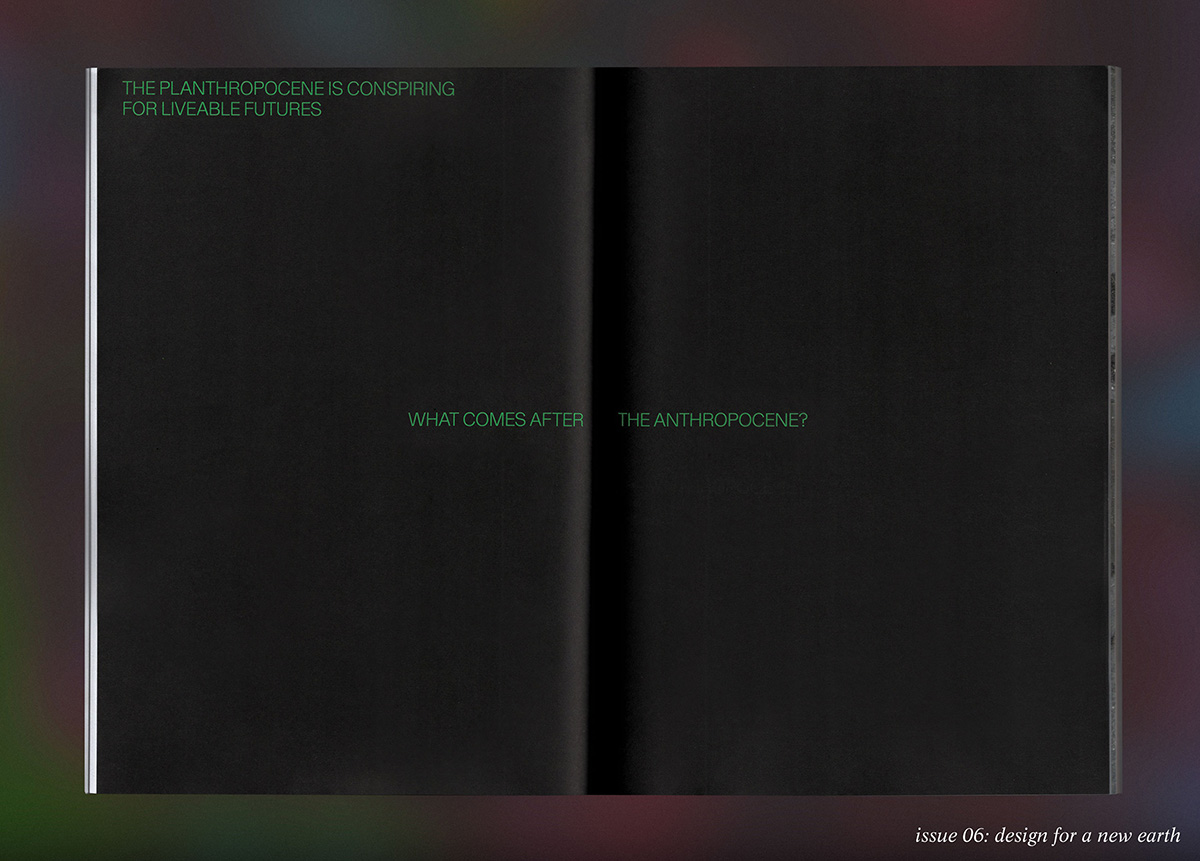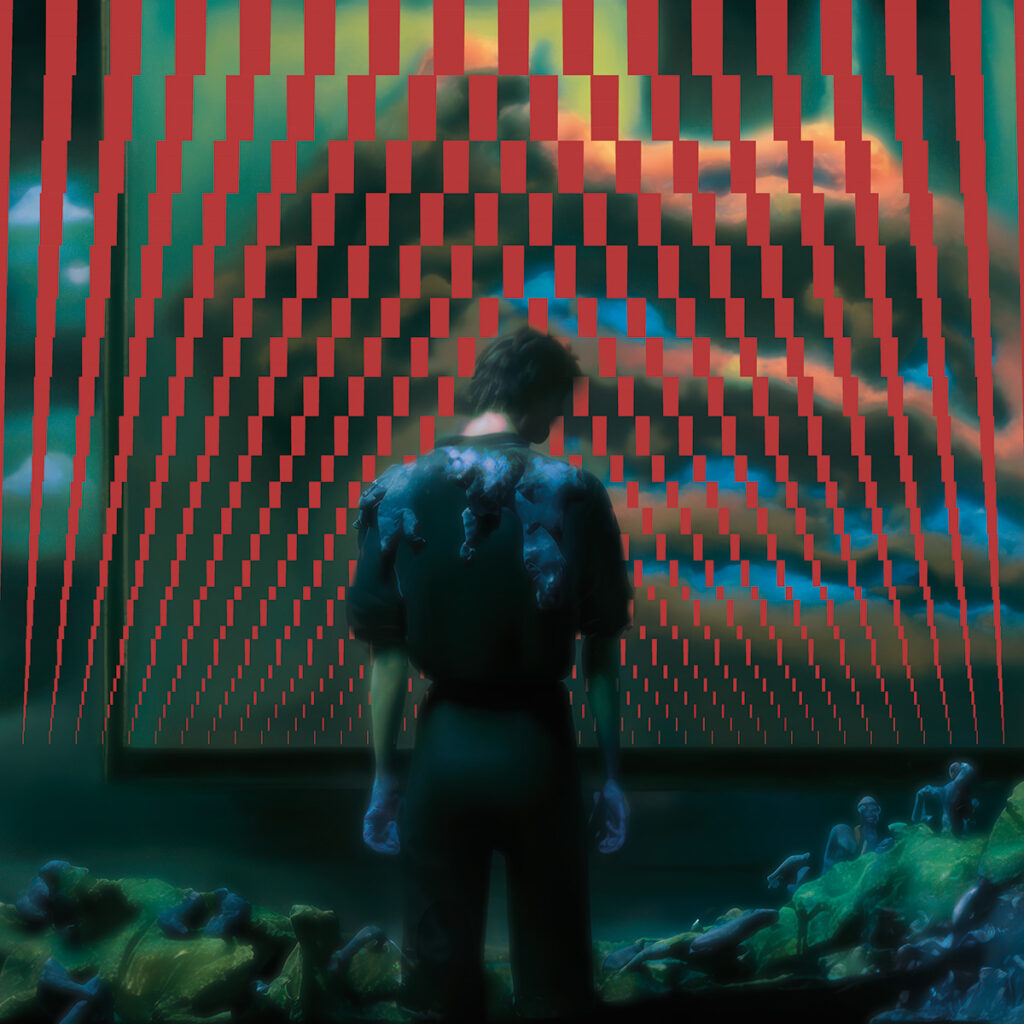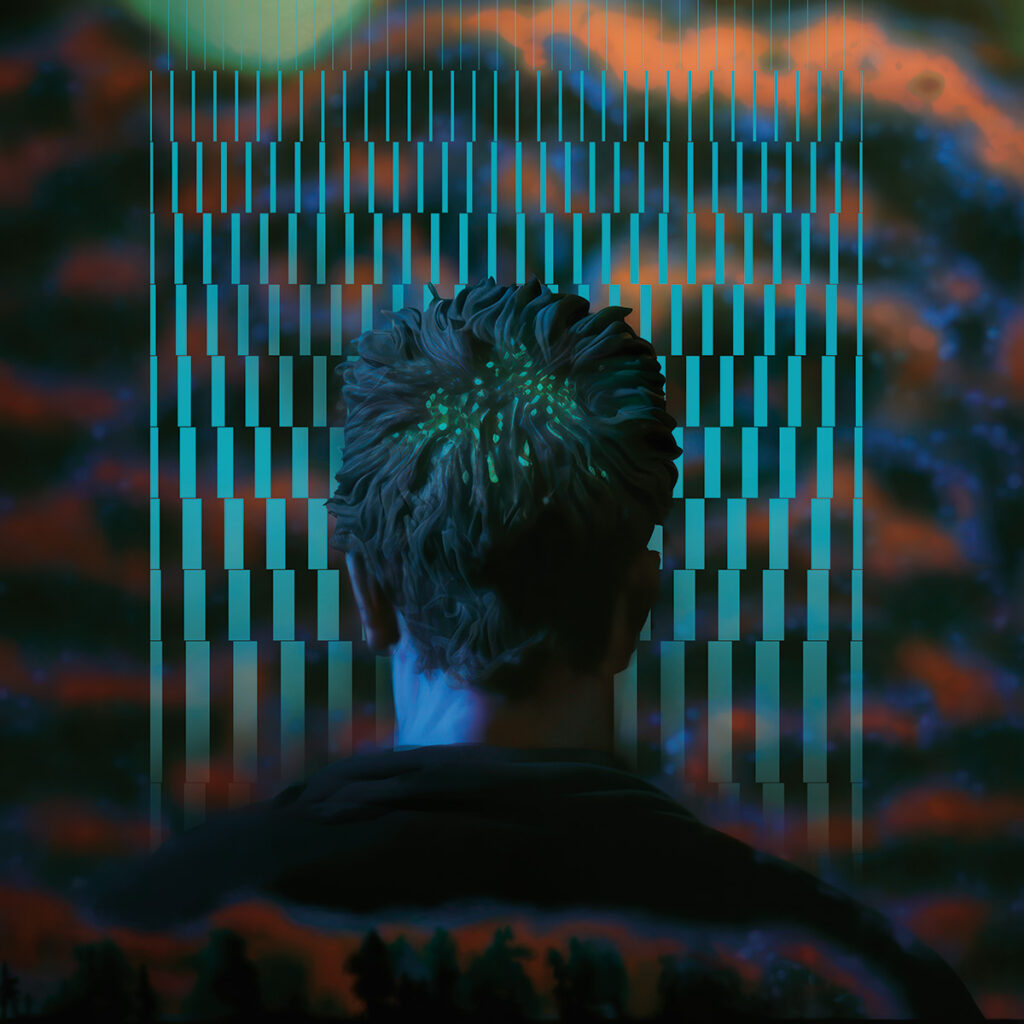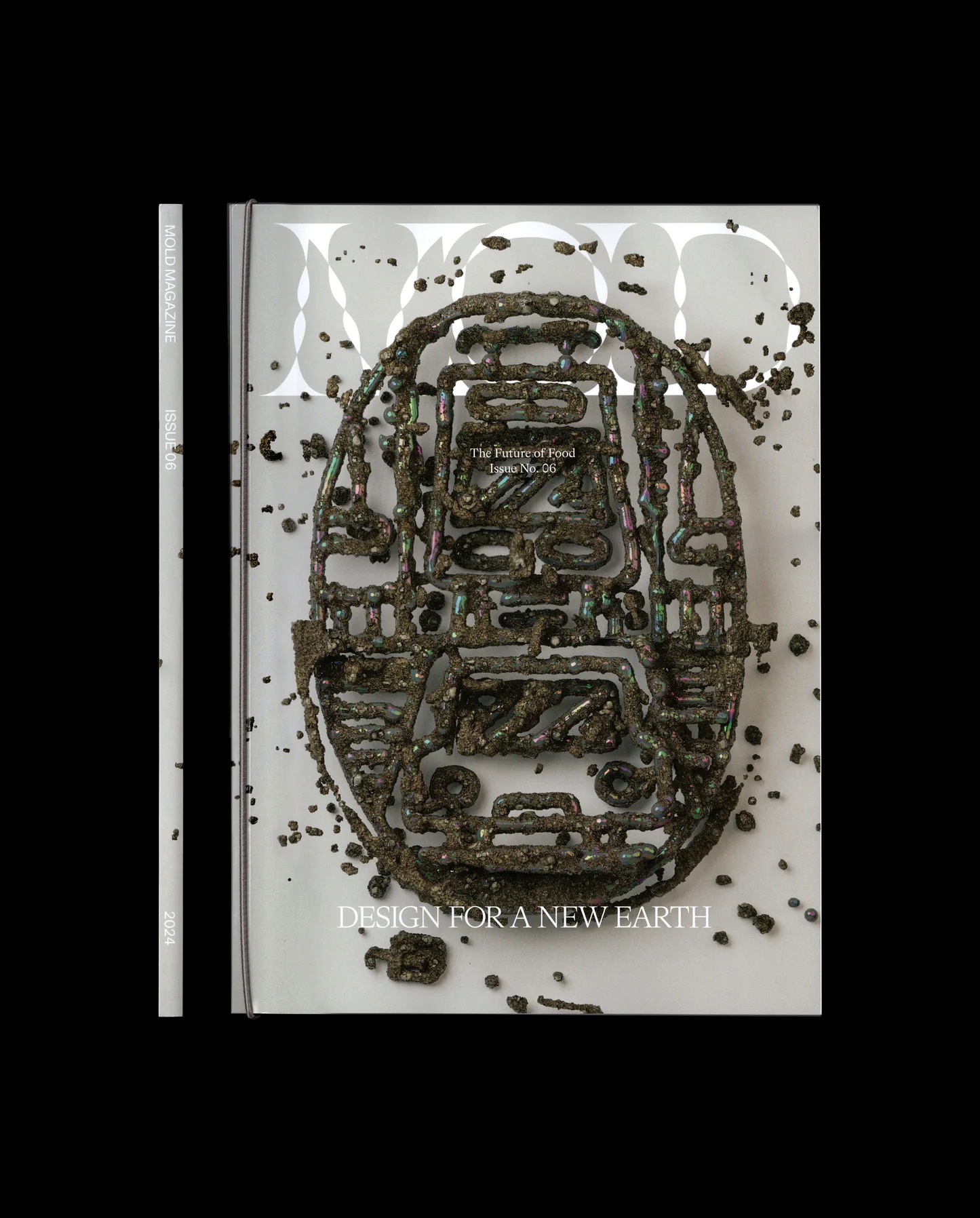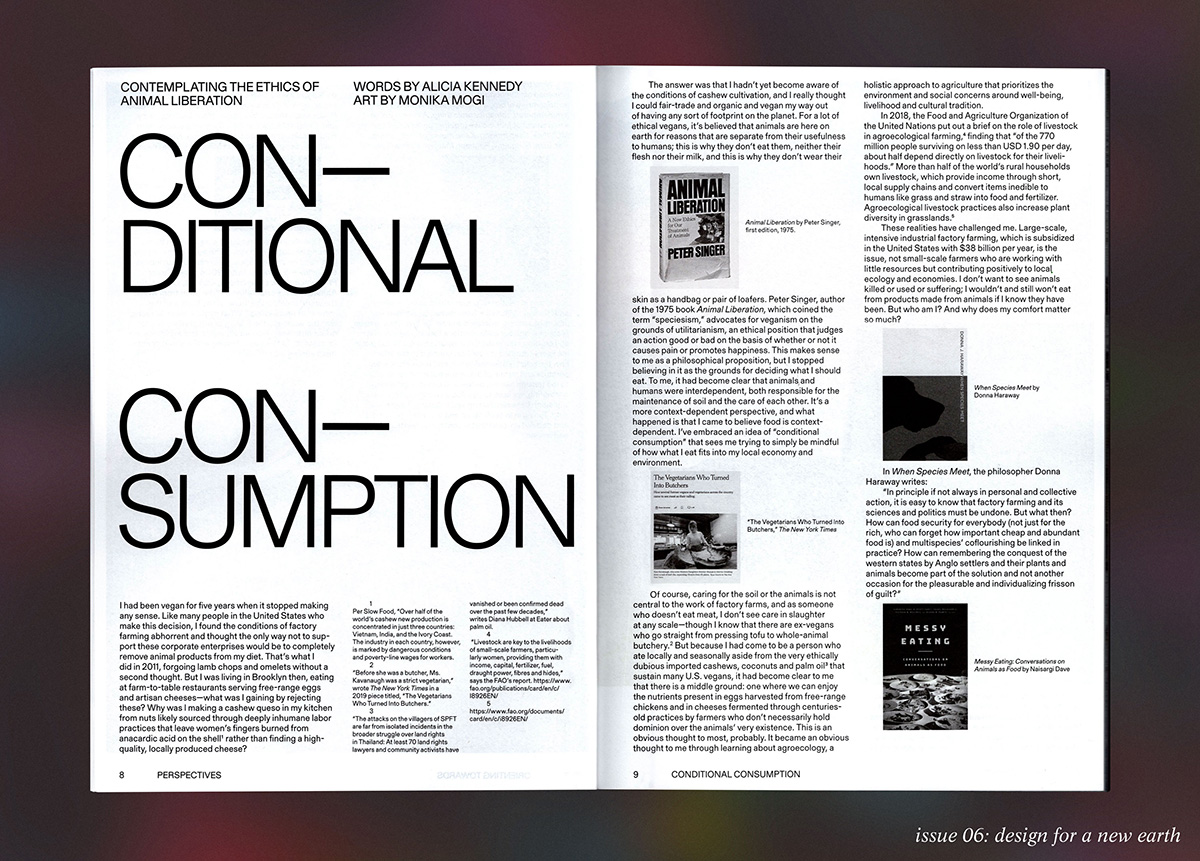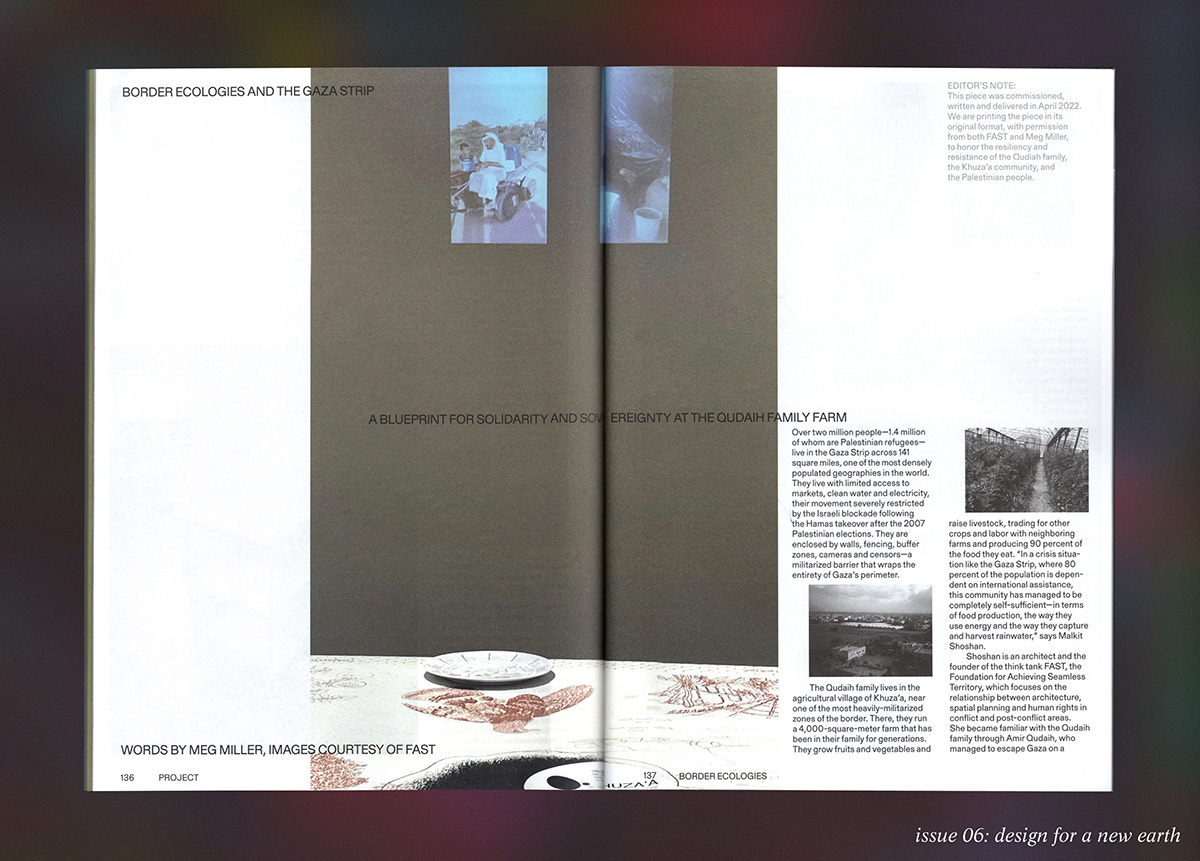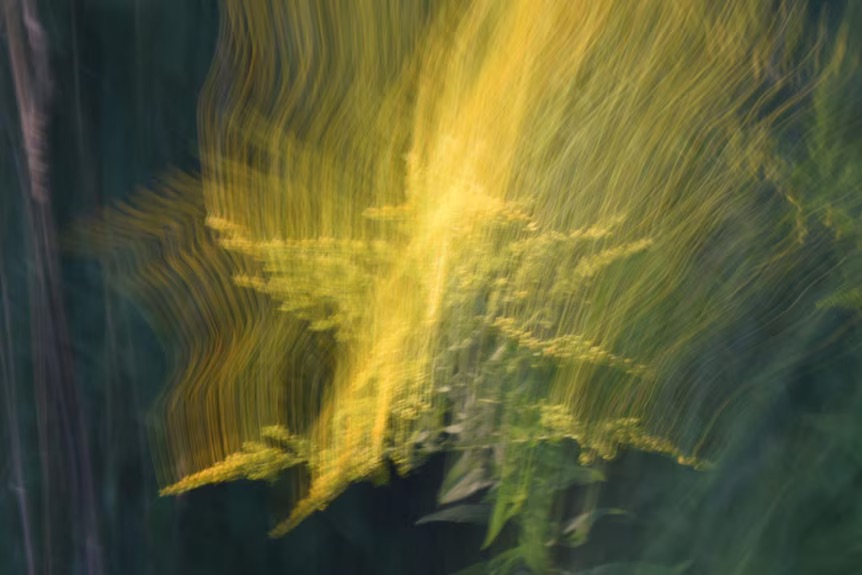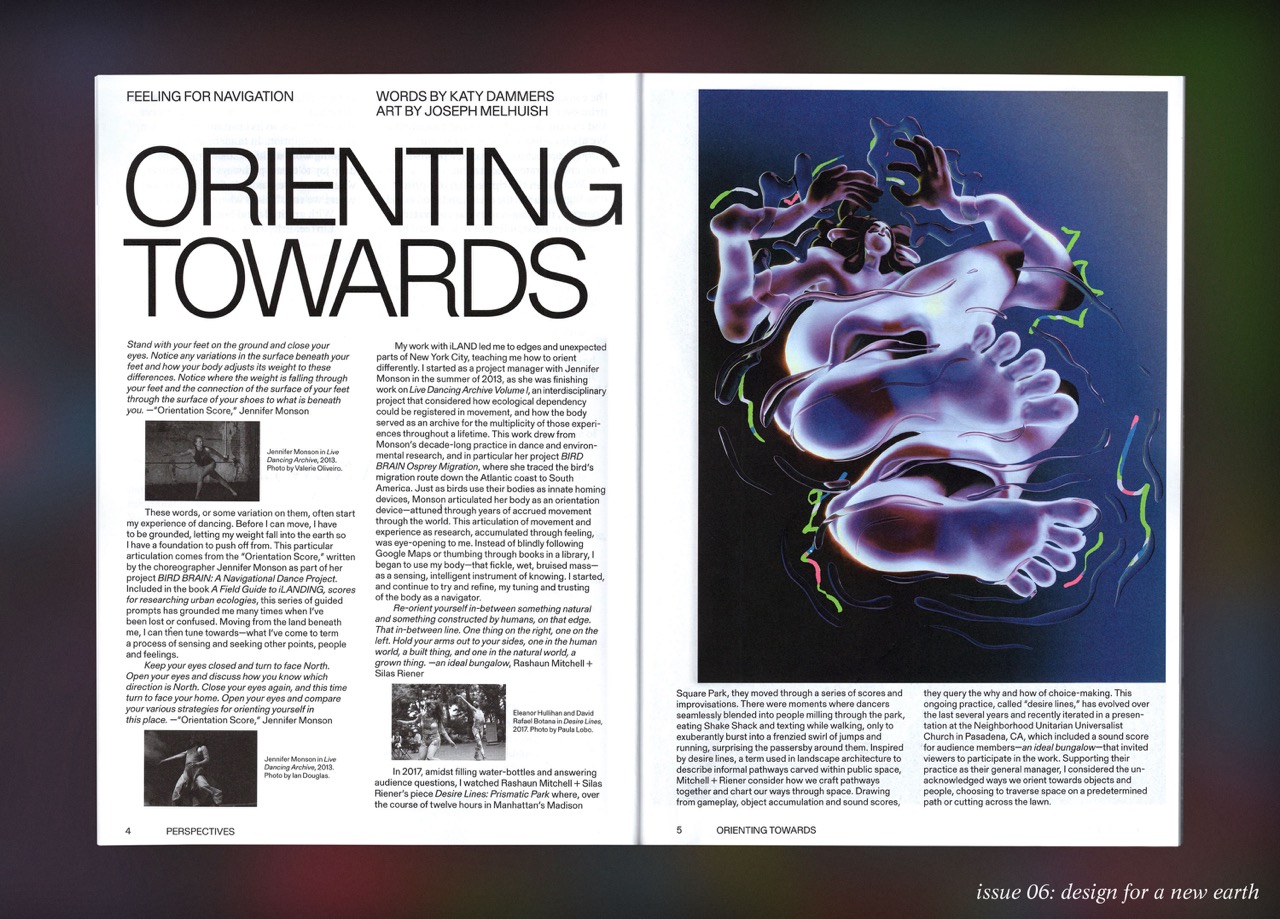This story is from the forthcoming print issue of MOLD magazine, Design for a New Earth. Pre-Order your copy here.
It is easy to give into apocalyptic thinking at what feels like the end of the world. The world we have made is one that is increasingly unlivable both for us and most of our non-human kin. Levels of greenhouse gas emissions threaten the integrity of life-giving habitats and ecosystems; a million plus plant and animal species have been wiped from this earth; there are miles-long stretches of ocean devoid of life, literal “dead zones.” These are the earthly thumbprints that this era of human and geological history—the Anthropocene—will leave behind. This era warrants comparison to mass volcanic eruptions, dinosaur-killing comets and the collision of tectonic plates. But unlike those forces that shaped the planet and through their destruction left new, liveable worlds in their wake, destruction caused by the Anthropocene will likely end in death for all but a few scavengers and bacteria. One thing is now abundantly clear: we cannot dwell in the Anthropocene. But where, then, should we dwell?
Donna Haraway proposes a move towards the Chthulucene—an imagined future where humans finally learn to live as a part of the Earth, rather than dominating it.1 Its name is derived from Cthulhu, the octopoid monster of American author H.P. Lovecraft’s fantastical stories.2 But the Chthulucene is still a world with a single figure at its core: one that is able to survive in the ruins of the Anthropocene, but not one that can create new ones. Instead, the Planthroposcene, a concept originally developed by Canadian scholar Natasha Myers, offers a more aspirational—and liveable—future by embracing the world-making potential of the Planthropos.
- 1Donna Haraway. “Tentacular Thinking: Anthropocene, Capitalocene, Chthulucene.” 2016. e-flux journal.
- 2Donna Haraway. “Staying With the Trouble: Paper for Isabelle Stengers.” 2013.
The Planthropos, as imaged by Myers, is the messy constellation of plants and all their attendants. It stands in stark contrast to the Anthropos, the god-like figure that can create and design on their own without repercussions. Plants, after all, are the quintessential world-makers. They breathed humans and non-humans alike into being when they evolved the ability to photosynthesize and have sustained us ever since. We can take inspiration from plants; they are beings literally rooted in the earth, bound in space, dependent on cohabitation and cooperation, with much looser boundaries as to where their individual selves stop and begin. We can learn from plants not just how to survive, but how to thrive.
In a paper—part manifesto, part “incantation” as she calls it—Myers guides us through ten (not-so-easy) steps for life in the Planthroposcene.3 Rather than suppressing other world-making creatures, as we have done in the Anthropocene, we must create alliances and conspire with them. We must learn to see and listen to the worldmaking that is always going on around us—from the weeds growing out of the concrete cracks in the pavement to the communal exhaling of the forests. It is part of the necessary process of decolonizing our lives and “detuning our colonial sensorium,” as Myers writes.4
- 3Natasha Myers. “How to grow liveable worlds: Ten (not-so-easy) steps for life in the Planthroposcene.” January 2021.
- 4“Becoming Sensor in Sentient Worlds.” 2019.
What might seeding new worlds in the Planthroposcene look like in practice, for us humans? Designing for the Planthroposcene evokes the legacy of the Anthropos, but conspiring with plants against it suggests a willful break, a going-against the control and capital-bound logic of the Anthropos. If we are to conspire with plants, we must remember that there are those who have been conspiring since time immemorial. Those who have knowledge of such conspiracies need to be at the helm, not just in theory, but also in practice.
“Decolonising ecology means restoring Indigenous stewardship to stolen lands,” writes Myers. “In the Planthroposcene, colonial governments must cede control over land management and make space for Indigenous people to bring ceremony and healing to their lands and bodies.”
Myers has allied herself with the Indigenous Land Stewardship Circle in Toronto to work the soil for such a Planthroposcenic future. Made up of a collective of Indigenous elders, knowledge keepers, community members and leaders from diverse nations, including the Anishinaabe, Haudenosaunee, Wendat, Wyandot and Métis Nations, the Circle has congregated around the oak savannas in Toronto’s High Park, a 400-acre recreational park in the heart of the city.
The oak savannas today are a remnant from a past world that bears the scars of the Anthropocene. Once found widely around the plains in Toronto (or Tkaronto, if we are to call the land by its original name), oak savannas are rare and productive landscapes made up of widely spaced black oak trees, tall prairie grass and wildflowers, all made possible by the skilled application of fire, managed by indigenous peoples. In High Park, located on Dish With One Spoon Wampum lands, ancestors belonging to the Huadonashonee confederacy and the Anishinaabe once conducted ceremonies, tended gardens and hunted and foraged for food and medicines. They sustained the oak savannas through fire and the oak savannas in turn sustained an abundance of life. Razed over, enclosed and drastically reduced by settler-colonialists, remnants of these oak savannas still exist on this land, now named High Park, where settler-colonial officials have attempted to break this plant-human relationship by imposing restrictions on who can and can’t conspire with the plants.
It is here that the Indigenous Land Stewardship Circle is pushing back against the logic of the Anthropos, offering instead a new model with which to live with and through the oak savannas, one where Indigenous people “take leadership in land stewardship around the city, so that they can restore their relations, pass on their traditional teachings and engage in ceremony to heal the lands,” they write on their website5.
The process of breaking free of the violent practices that have created unliveable worlds is one with little precedence that requires immense amounts of creativity, said Catherine Tåmmaro, a Spotted Turtle Clan Faithkeeper, multi-disciplinary artist and member of the Circle. “It relies not only on people’s knowledges of the land as a living being, reflecting Indigenous science, but it is also a very deep heart-connection, a connection that requires listening and learning from Mother Earth herself.” Rather than seeking to design from outside Indigenous paradigms, which would impose an anthropocenic logic and aesthetic, the group is seeking to conspire with non-human relatives and their attendants, as well as the current human managers of the park. Perhaps one of the most obvious examples of change is how the group proposes working with non-native plants that have taken over parts of the oak savanna. Rather than eliminate them, the Circle has proposed recognizing the teachings they have to offer about healing from past violence, and their right to be included in whatever futures we hope to construct.
This experience in building fertile soil on top of the violence of the Anthropocene has begun to bear initial fruit as the city starts to engage with the Circle—new ways of listening and communing with human and non-human collaborators have begun to emerge. Like many, Tåmmaro is optimistic about how this model might teach us how to move from the Anthropocene into a more habitable future. After all, as Myers reminds us, in creating a liveable world for non-humans, we create more liveable worlds for ourselves too.
